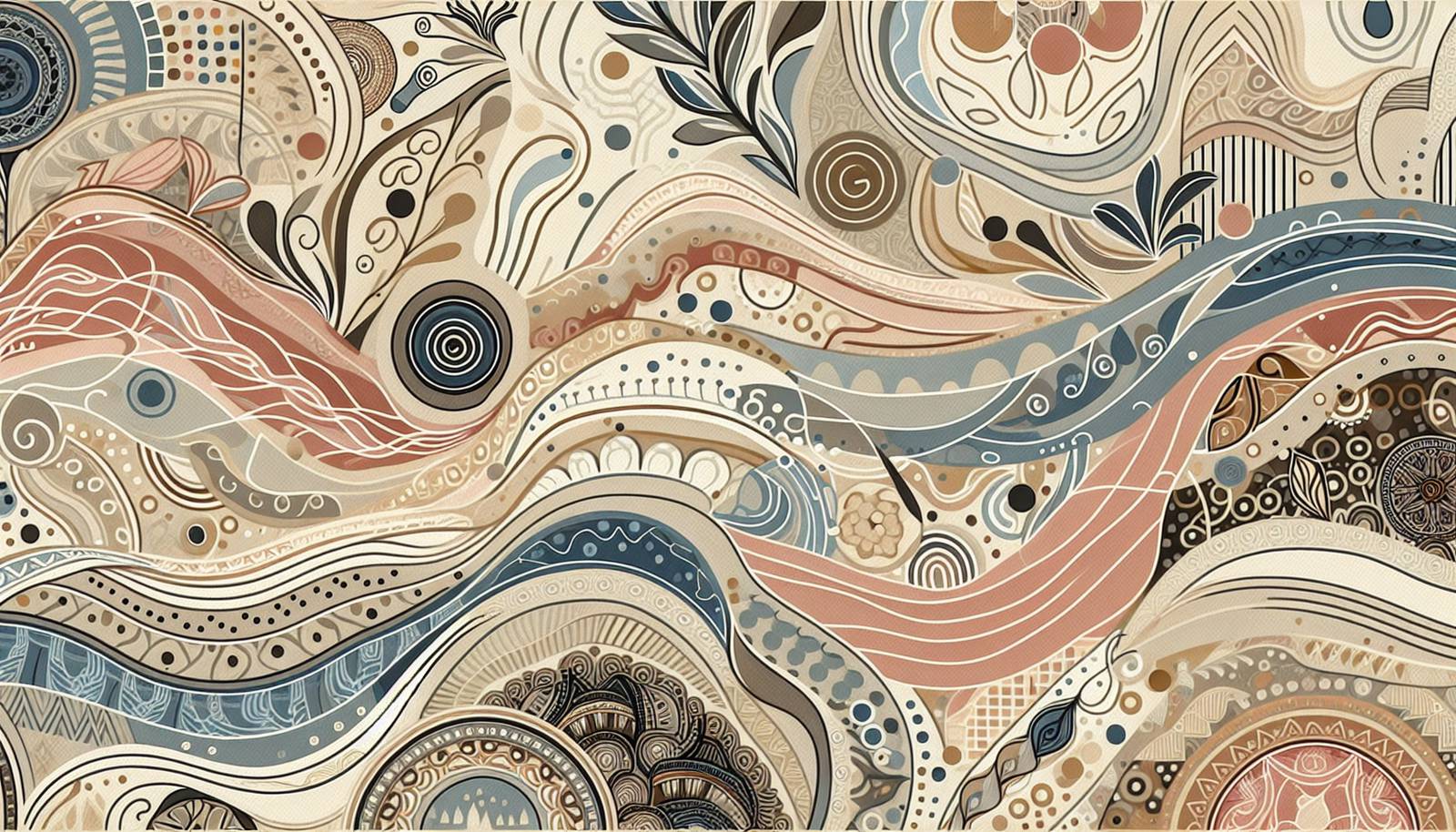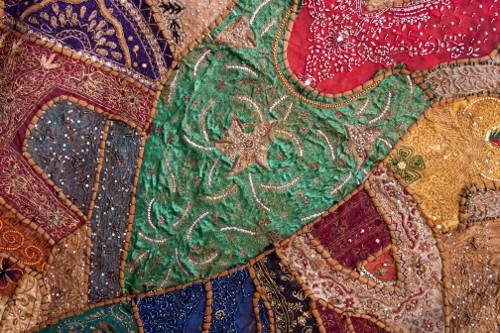
FAQ About The Cultural Importance of Textile Arts in Global Heritage

What are textile arts and how do they relate to cultural heritage?
Textile arts involve the creation and decoration of fabrics, often using traditional methods such as weaving, dyeing, embroidery, and quilting. They are a significant component of cultural heritage as they often carry historical significance, reflecting the values, beliefs, and practices of a community. Textiles can illustrate stories, symbolize cultural identities, and convey artistic expressions, making them a vital part of global heritage.

Which cultures are well-known for their textile arts?
Many cultures worldwide are renowned for their unique textile arts. For example, the rich embroidery of India, the intricate batik designs of Indonesia, the vibrant kente cloth of Ghana, and the Navajo weavings in North America are all well-celebrated. Each of these reflects the unique cultural narratives and artistic traditions of its society.

How do textile arts reflect social narratives?
Textile arts often incorporate patterns, colors, and symbols that represent historical events, social status, religious beliefs, and cultural traditions. For example, the use of specific colors or motifs might indicate a person's role or status within a community or commemorate a significant historical event. This makes textiles a medium for storytelling and cultural preservation.

What role do textile arts play in contemporary art?
In contemporary art, textile arts are used both as a medium and as inspiration. Artists might employ traditional techniques in innovative ways or create works that comment on modern societal issues through the lens of historical textile practices. This fusion of old and new keeps the art form relevant and dynamic, bridging past and present cultures.

Why is it important to preserve traditional textile techniques?
Preserving traditional textile techniques is crucial for maintaining cultural heritage. These techniques are often passed down through generations and constitute a key element of a community's identity. By safeguarding these practices, societies preserve their history, contribute to cultural diversity, and provide an invaluable resource for education and inspiration in contemporary design.

What are some common materials used in traditional textile arts?
Traditional textile arts typically utilize natural materials such as cotton, wool, silk, flax, and hemp. These materials are often regionally sourced, reflecting the environmental context of the culture. The choice of materials can greatly influence the texture, color, and durability of the finished piece, further tying the textile to its geographical and cultural origins.

How do textile arts contribute to economic development in various cultures?
Textile arts can significantly contribute to economic development by creating job opportunities in production, design, and sales. Artisans often engage in local and international markets, and traditional textiles might attract tourism. Moreover, preserving textile arts can stimulate industries around sustainable and ethical fashion, promoting cultural products and practices globally.

What distinguishes a textile art piece as culturally significant?
A textile art piece is deemed culturally significant if it embodies the traditions, symbols, and techniques that are representative of a particular culture. These pieces often have historical importance, are crafted using local methods and materials, and are connected to the community's social rituals and identities, which makes them invaluable cultural artifacts.

How have textile arts evolved over time?
Textile arts have evolved through the centuries as they incorporate new materials, techniques, and designs. Advances in technology have expanded possibilities in textile production, while globalization has introduced a blend of styles and techniques across cultures. Despite these changes, many communities maintain traditional practices, balancing innovation with heritage.

What are some examples of symbolism found in textile arts?
Textile arts are rich with symbolism. For instance, in African kente cloth, colors and patterns convey specific messages; red might symbolize passion, while blue may represent peace. In Japanese kimono, motifs such as cherry blossoms can signify beauty and the transient nature of life. These symbols embed deeper cultural meanings and traditions within the fabric.

How do textile arts serve as a medium for cultural exchange?
Textile arts serve as a medium for cultural exchange by sharing techniques, patterns, and styles between different cultures. This happens through trade, migration, and cross-cultural collaborations. Such exchanges often lead to the blending of ideas and innovation, enriching the textile traditions of each culture involved while fostering mutual understanding and appreciation.

In what ways are textile arts used in religious and ceremonial contexts?
Textile arts play an integral role in religious and ceremonial contexts. They are often used to create garments, altar cloths, or other items that hold sacred significance. For example, in Christianity, liturgical vestments and altar cloths may be richly embroidered, while in Hinduism, devotional clothes and temple decorations often feature intricate textile designs that convey spiritual stories and symbols.

What impact does globalization have on traditional textile arts?
Globalization has a dual impact on traditional textile arts. On one hand, it facilitates the exchange of ideas and techniques, leading to innovative creations and broader appreciation. On the other hand, it can threaten the existence of traditional practices by introducing mass-production and homogenizing artistic expressions, which may undermine local artisans and diminish cultural specificity.

How do textiles as art differ from textiles as functional items?
Textiles as art focus primarily on aesthetic value and expression, often pushing boundaries of creativity and innovation. They may use non-traditional materials or serve as installations or sculpture. In contrast, textiles as functional items prioritize utility and can include everyday cloths such as garments, linens, or upholstery that incorporate artistic elements but are designed for practical use.

How are textile arts preserved and documented for future generations?
Textile arts are preserved and documented through various means such as museums, archives, and academic studies. Many cultures pass down these arts through practice and oral tradition within communities. Conservationists and historians work to restore and maintain ancient pieces, while detailed documentation ensures that the knowledge of these techniques and their cultural significance persists.

What challenges do traditional textile artisans face today?
Traditional textile artisans face several challenges today, including competition from industrial production, loss of traditional knowledge, and diminished markets for handmade goods. Additionally, economic pressures may drive artisans to abandon traditional methods. Efforts to support these artisans often focus on fair trade practices, cultural education, and sustainable tourism to preserve their crafts.

In what ways are textile arts integrated into modern education systems?
Textile arts are increasingly integrated into modern education systems through art and design courses, which may include both practical skills in textile creation and theoretical studies on cultural heritage. These programs encourage students to explore historical techniques while fostering innovation, thereby ensuring that traditional arts continue to inspire future generations.

How do governments and organizations support the preservation of textile arts?
Governments and organizations support the preservation of textile arts by funding cultural programs, establishing museums and exhibitions, and implementing policies that protect cultural heritage. Initiatives often focus on promoting traditional crafts, facilitating artisan cooperatives, developing market access, and encouraging sustainable practices to ensure the continuation of these arts.

What is the significance of color in textile arts?
Color plays a key role in textile arts as it often conveys cultural and symbolic meanings. Different colors can denote various emotions, social statuses, or cultural narratives. For instance, in many Asian cultures, specific colors are associated with prosperity, health, or spirituality, and these nuances in color usage enrich the storytelling capacity of textile art.

What are some modern applications of traditional textile arts?
Modern applications of traditional textile arts include fashion design, interior decoration, and contemporary art installations. Designers might incorporate traditional techniques and patterns into modern clothing lines or home decor products. These applications not only keep traditional skills alive but also highlight their versatility and relevance in today’s creative industries.
